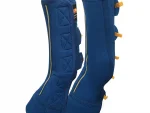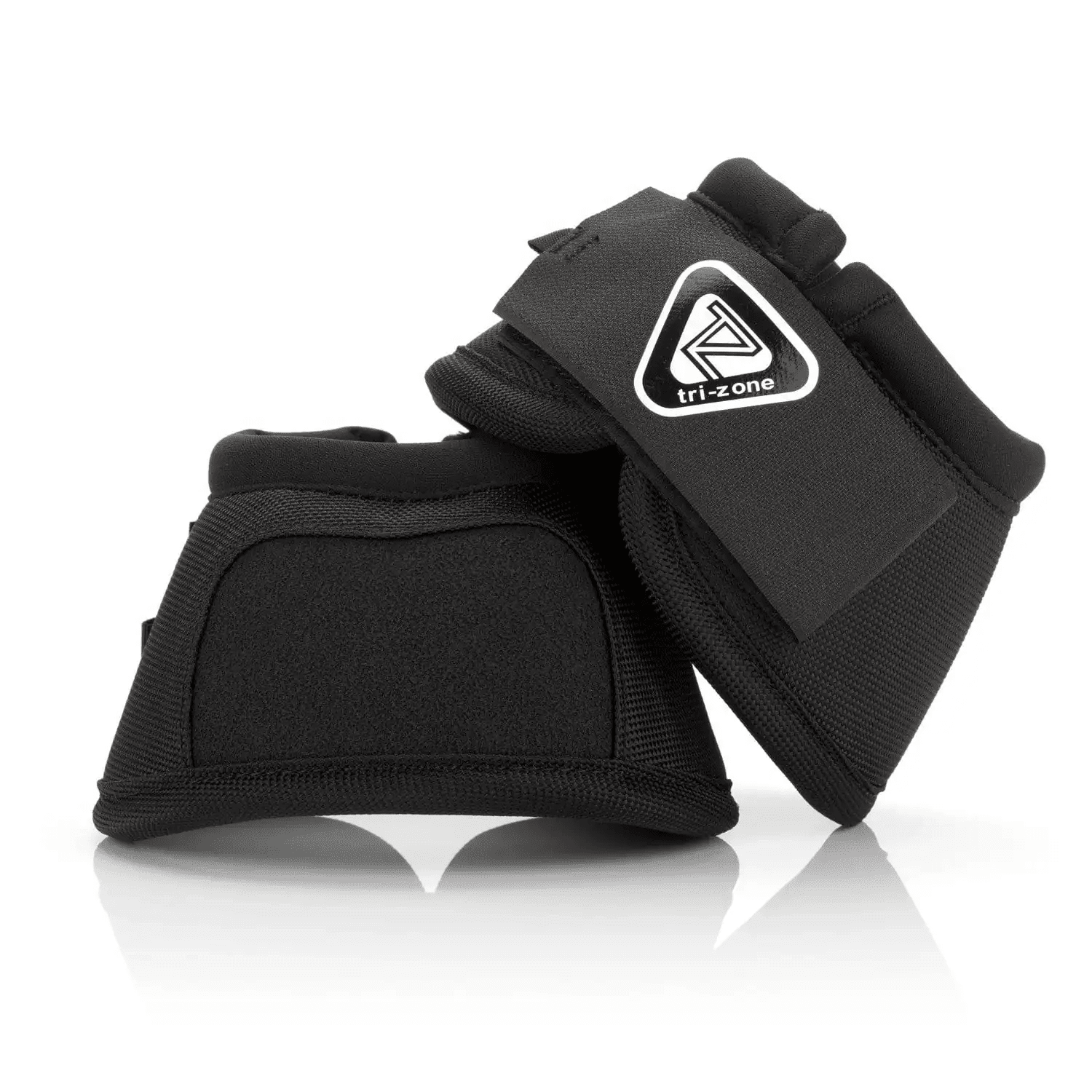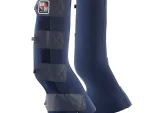1 year product guarantee
Free delivery on most orders over £40
Rated 4.9/5 stars on Feefo

Researched & tested products

Innovating for over 20 years!
Supporting Redwings Horse Sanctuary & Brooke
Feefo Gold Trusted Service Award Winner
Get more time to pay with Klarna
Preventing Mud Fever
Top tips for preventing mud fever
Cold wet mud oozing over your boots and your fields are under water. Sound familiar? We all dread wet, muddy winters, particularly if your horse suffers from mud fever. Here we give you some top tips for preventing mud fever.
What is mud fever?
Mud fever is a common skin complaint that generally arises during winter and early spring, causing painful sores and scabs. Although mud fever usually affects the pastern and heel area, it can also affect the upper legs and belly. Severe mud fever can cause lameness. In some cases, mud fever can affect the neck area and is also known as rain scald.
What causes mud fever?
Mud fever arises due to a skin infection caused by the bacteria Dermatophilus Congolensis. Healthy skin acts as a protective barrier, preventing bacteria from entering the horse’s system and causing damage. However, in wet and muddy conditions, the integrity of the upper layer of skin (epidermis) can become compromised by the abrasion of soil grit on cold, wet skin. When the skin is continually damp, the protective barrier of the epidermis breaks down allowing the bacteria to enter and cause infection.
In winter and early spring, horses and ponies often have to spend several hours in muddy, wet paddocks, and it’s in these conditions that mud fever thrives. Legs with white socks are generally more prone to the condition, although mud fever is not choosy and will affect horses of all breeds, ages and colours.
As with any bacterial infection, mud fever can worsen and become more serious very quickly. When this happens, legs may become swollen and sore and open wounds may become infected. This level of damage to the skin can mean that the open sores are difficult to heal which may lead to formation of proud skin and permanent loss of hair. In severe cases, skin grafts may be needed.
How do I prevent mud fever?
Good Paddock Management
Take preventative action as soon as paddocks start to get wet and muddy. To avoid horses having to stand on muddy ground for too long, it’s a good idea, if possible, to rotate the use of your paddocks so they don’t become poached. Use electric fencing to prevent horses from standing in the deep mud that commonly collects in high traffic areas like gateways. If you can, put good quality hardcore in these areas to provide a standing surface and better drainage.
Grooming
Avoid hosing down your horse’s legs when he comes in. It is generally better to allow the mud to dry and then brush off with a soft bristled brush. If you must use a hose, gently dry the horse’s legs with a soft, clean, dry towel afterwards.
Mud Fever Care Products
Many specialised products are available to help protect the skin from moisture to help prevent mud fever. Barrier creams work by forming a protective layer between the leg and mud. A good quality nappy rash cream, such as Sudocrem®, can work just as well and many experienced owners swear by them. Using turnout boots can help keep legs clean and dry and provide a protective layer.
What do I do if my horse has mud fever?
Treatment
If your horse contracts mud fever, keep him out of the wet and mud as much as possible. Carefully clip the hair away from the infected area, rub an anti-bacterial cream onto the scabs to soften them and then gently remove them. Once removed, liberally apply more anti-bacterial cream to the area and make sure you keep the skin clean and dry. If symptoms don’t improve or if you have any doubts then consult your veterinary surgeon who will advise you on the best course of action.
Category
Equine Ailments, Mud Fever, WellbeingWhy not take a look at our Equi-Chaps Close Contact Chaps?
The winter can take its toll on our horses' legs, so keep winter elements at bay with the Close Contact Chaps. Acting as a second skin, these breathable turnout boots enables your horse to maintain healthy skin and keep mud away.
Designed with a four-way stretch, they allow your horse freedom of movement whilst out in the field without any restrictions.
Breathable Turnout Boots
Provide your horse with the perfect all round protection against mud fever!
Suitable for both front and hind legs, these boots encase your horses leg from knee/hock to below the coronet band, preventing mud, wet and cold getting to the leg, when the weather turns.
Winter Turnout & Grazing for Horses
Caring for your horse in winter can be tough! We've put together some tips on how to keep your horse happy when turned out over long periods of time.
Read NowStabling Horses in Winter
Don't let stabling your horse be challenging during the winter. Take a look at our blog full of tips on how to prevent stiffness and filled legs.
Read NowWhy not also take a look at...
View all products-
 Equi-Chaps Close Contact Chaps£54.99 View product
Equi-Chaps Close Contact Chaps£54.99 View productEqui-Chaps Close Contact Chaps
Save time, maintain healthy skin and keep mud away with…
-
 Tri-Zone Over Reach Boots£34.99 View product
Tri-Zone Over Reach Boots£34.99 View productTri-Zone Over Reach Boots
Tested, hard-wearing over reach boots for horses, specifically designed for…
-
 Equi-Chaps Hardy Chaps£44.99 View product
Equi-Chaps Hardy Chaps£44.99 View productEqui-Chaps Hardy Chaps
Tough turnout protection for field hooligans for the entire lower…
